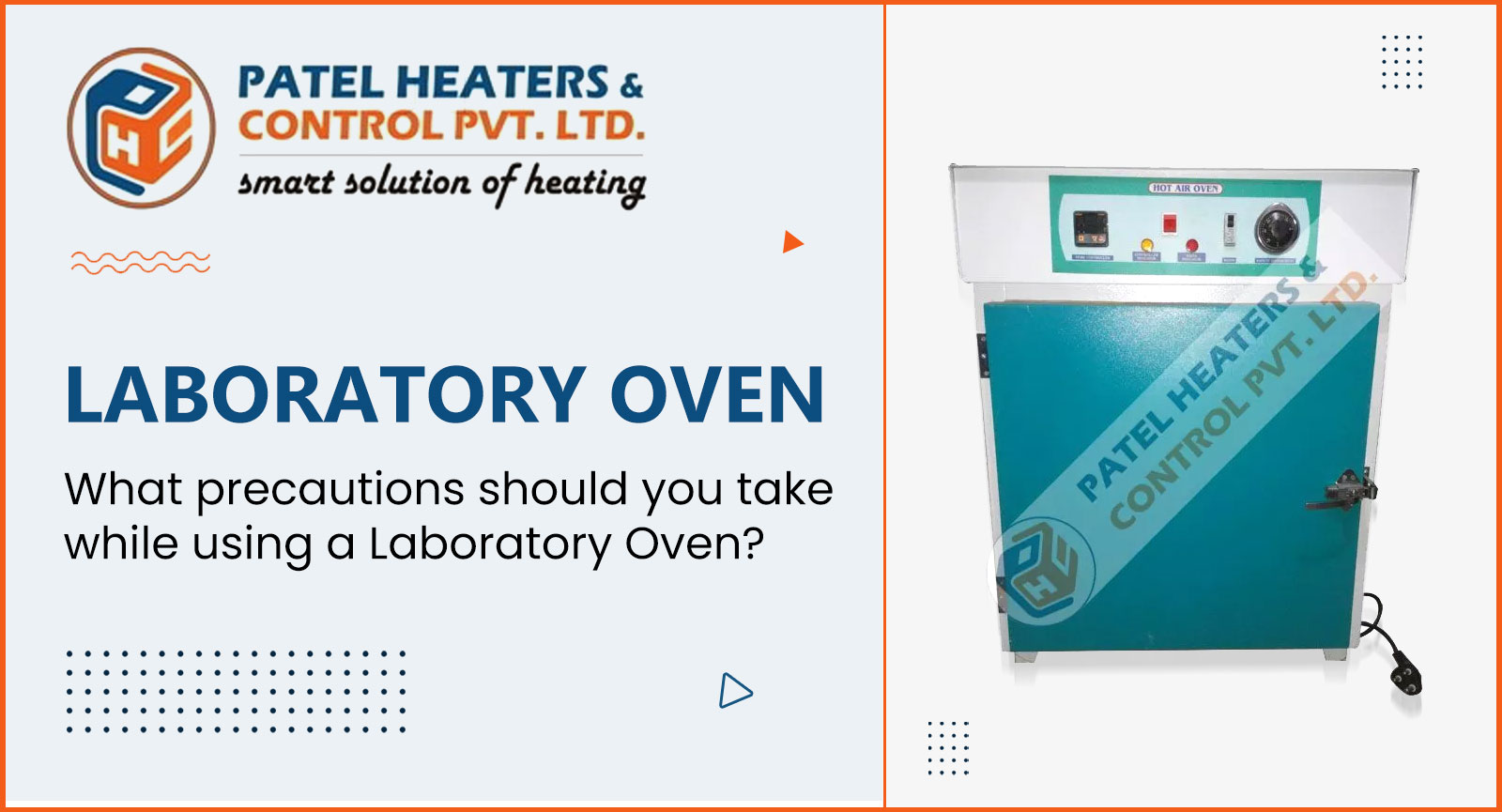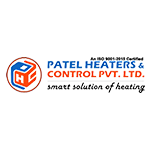What Precautions should you take while using a laboratory oven?
Lab ovens are essential equipment in a variety of scientific disciplines, including chemistry, biology, and materials research. These ovens provide the regulated heating settings required for activities like drying, curing, and sterilizing. However, like with every piece of scientific equipment, there are possible hazards that must be carefully considered and avoided. In this blog, we’ll look at the measures to take when using a laboratory oven, as well as potential hazards and techniques to alleviate them.
Here are The Safety Precautions While Using a Laboratory Oven
Before operating a lab oven, ensure you’re well-acquainted with its specifications, controls, and safety features. Read the manufacturer’s manual thoroughly to understand its capabilities and limitations. Some precautions to follow are stated below:
Proper Installation and Ventilation
Ensure the oven is installed correctly and in a well-ventilated area. Proper ventilation helps in dissipating heat and prevents the buildup of fumes or gases inside the oven, reducing the risk of fire or explosion.
Temperature Regulation
Always set the oven to the appropriate temperature for your experiment or process. Avoid exceeding the maximum temperature limit specified by the manufacturer, as it can damage the oven and pose safety risks.
Monitor Operations
Regularly monitor the oven during operation to ensure everything is functioning correctly. Stay attentive to any signs of malfunction, such as unusual odors, smoke, or abnormal heating patterns.
Personal Protective Equipment (PPE)
Always wear appropriate PPE, including heat-resistant gloves and safety goggles, when handling hot materials or opening the oven door. This protects against burns, splashes, and potential eye injuries.
Avoid Overloading
Do not overcrowd the oven with too many samples or containers, as it can obstruct airflow and compromise heat distribution. Follow recommended loading capacities to ensure efficient and uniform heating.
Cool Down Properly
Allow the oven to cool down sufficiently before removing samples or performing maintenance tasks. Rushing the cooling process increases the risk of burns and can damage the oven’s internal components.
Potential Hazards of Laboratory Oven and How to Avoid Them
Fire Hazard
One of the primary hazards associated with laboratory ovens is the risk of fire, especially when operating at high temperatures. To reduce this risk:
- Keep flammable materials away from the oven.
- Use non-flammable containers and materials.
- Install fire detection and suppression systems in the laboratory.
Chemical Reactions
Certain experiments may involve volatile or reactive substances that can undergo unexpected reactions when exposed to heat. To avoid accidents:
- Conduct a thorough risk assessment before using the oven.
- Use chemical-resistant containers and verify compatibility with the intended process.
- Monitor experiments closely and have appropriate safety protocols in place.
Thermal Burns
Contact with hot surfaces or materials can cause severe burns. Prevent thermal injuries by:
- Using insulated gloves and tools when handling hot items.
- Allowing sufficient cooling time before removing samples.
- Establishing clear procedures for handling hot materials safely.
Toxic Fume Emission
Heating certain materials can release toxic fumes or gases, posing health risks to laboratory personnel. You can minimize exposure by:
- Conducting experiments in a fume hood whenever possible.
- Using proper ventilation to remove fumes from the laboratory.
- Choosing alternative materials or methods for processes with high toxicity risks.
Conclusion
Laboratory ovens are invaluable tools for scientific research and experimentation, but some risks necessitate careful attention and precautionary measures. By following proper procedures, maintaining awareness of potential hazards, and implementing appropriate safety protocols, researchers can utilize lab ovens effectively while ensuring well-being. Furthermore, similarly, all types of ovens including hot air oven should be used cautiously.
Patel Heaters
Patel Heaters and Control has immense expertise in the manufacturing of Industrial heaters and heating elements. We have been providing heating solutions to our clients since 1982.







